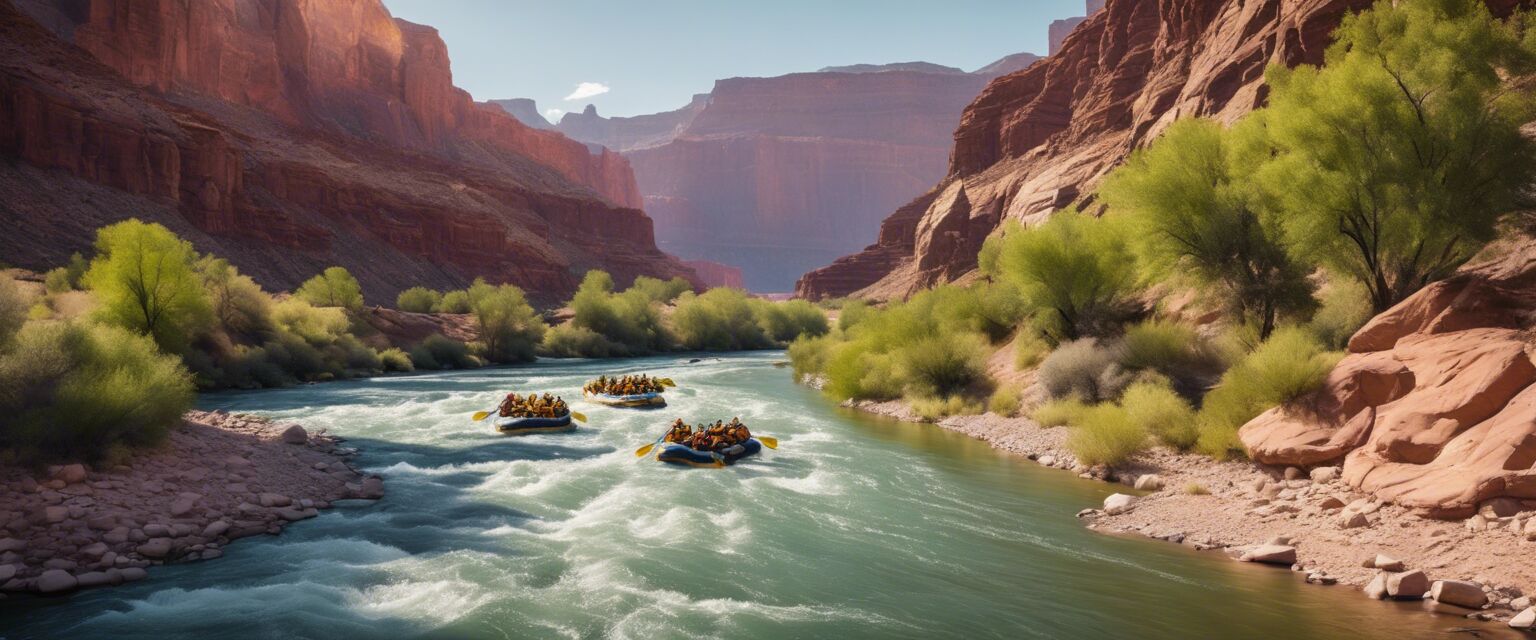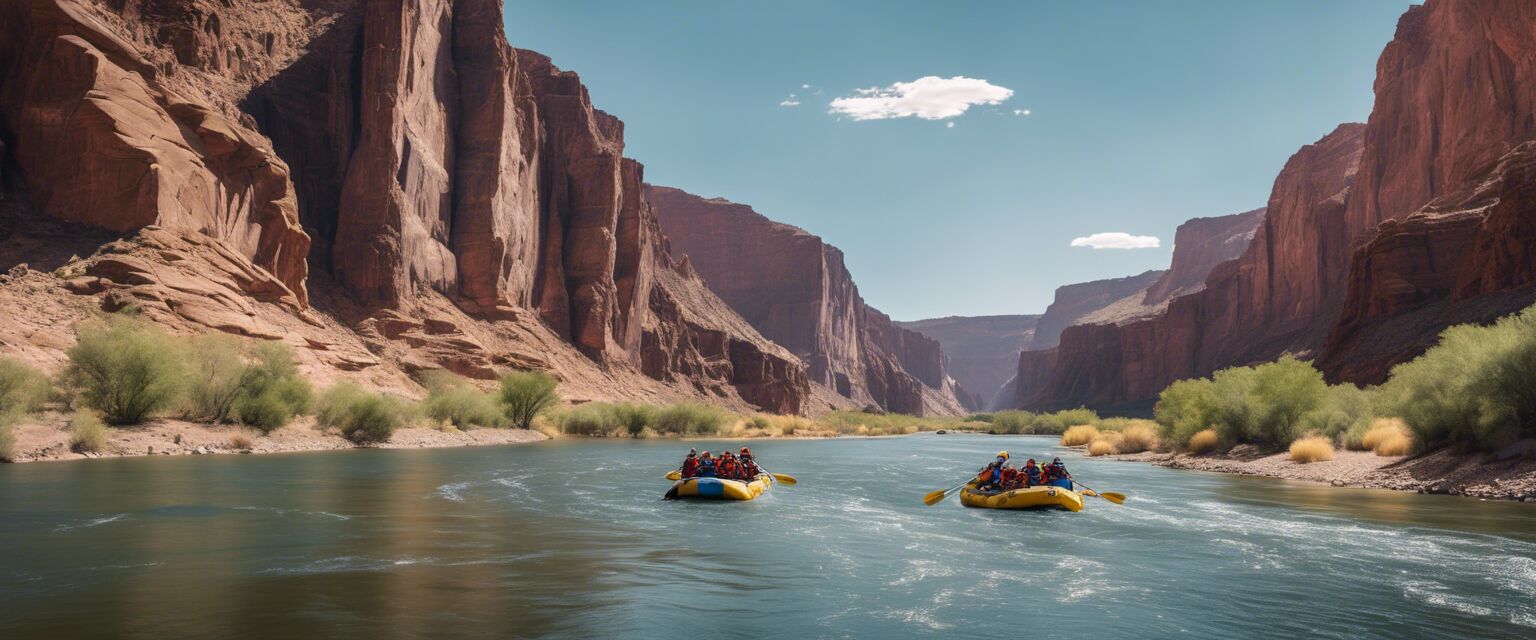
Guided vs. Self-Guided Rafting Trips
Key Takeaways
- Guided trips offer expert knowledge and safety.
- Self-guided trips provide more freedom and flexibility.
- Consider your experience level when choosing.
- Both options have unique advantages and challenges.
When it comes to enjoying the thrilling adventure of rafting on the Colorado River, one of the first decisions you'll need to make is whether to opt for a guided or self-guided trip. Each choice comes with its own set of pros and cons that can significantly impact your experience. In this article, we'll weigh the benefits and drawbacks of both options to help you choose the best one for your adventure.
Overview of rafting trips
Rafting is an exhilarating outdoor activity that allows you to navigate through rapids and enjoy stunning views of nature. Understanding the distinction between guided and self-guided trips is crucial for making an informed decision.
| Aspect | Guided Rafting Trips | Self-Guided Rafting Trips |
|---|---|---|
| Experience Level Required | All levels welcome | Must have prior experience |
| Cost | Typically higher | Generally lower |
| Safety | Professional guides present | Self-responsibility |
| Flexibility | Limited to guide's schedule | More freedom to explore |
Pros of guided rafting trips
Guided rafting trips are a popular choice for many adventurers. Here’s why:
Pros
- Expert guidance ensures safety.
- Guides provide valuable insights about the river and surrounding areas.
- All necessary equipment is often included.
- Less stress for participants, allowing more focus on enjoying the experience.
Cons
- Higher cost compared to self-guided options.
- Limited flexibility in itinerary.
- Group dynamics may not suit everyone.
Image of guided rafting experience

Pros of self-guided rafting trips
Self-guided trips can be appealing for those who prefer a more independent experience. Here are some pros:
Pros
- More control over the schedule and route.
- Lower costs, as you won’t be paying for a guide.
- Opportunity for personal exploration and adventure.
Cons
- Increased risk as safety falls on the individual.
- Requires prior experience and knowledge of the river.
- Self-provided gear and logistics can be challenging.
Safety considerations
Safety should always be a priority when planning a rafting trip. Here are some essential safety tips:
- Wear appropriate safety gear, including life jackets.
- Be aware of the river conditions and weather forecasts.
- Always inform someone of your plans, especially on self-guided trips.
Choosing the right option for you
The choice between guided and self-guided rafting trips ultimately depends on your experience, comfort level, and what you hope to get from the trip.
Consider the following questions to help you decide:
- What is your experience level with rafting?
- Are you comfortable navigating the river on your own?
- What is your budget for this trip?
- How important is flexibility in your schedule?
Image of self-guided rafting adventure

Conclusion
Both guided and self-guided rafting trips offer unique experiences. By weighing the pros and cons, you can make an informed decision that best suits your needs. Whether you choose the camaraderie and safety of a guided trip or the freedom of a self-guided adventure, the Colorado River promises unforgettable memories.
Tips for first-time rafters
- Start with shorter, less intense sections of the river.
- Take a rafting safety course if possible.
- Invest in quality rafting gear for better safety and enjoyment.
- Plan your trip during the best season for rafting.
Explore more about rafting
For additional information, check out our other resources:
- Essential rafting gear
- Safety equipment for rafting
- Navigation tools for outdoor adventures
- Camping equipment for river trips
- Outdoor apparel for rafting
Image of rafting gear









